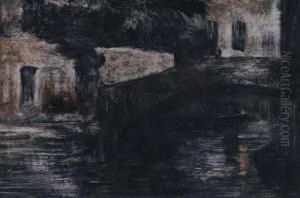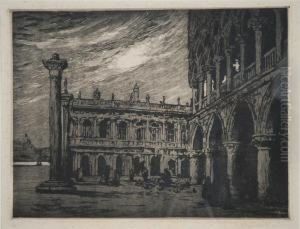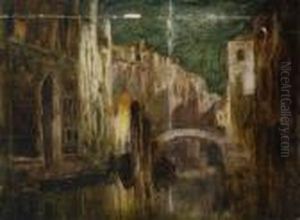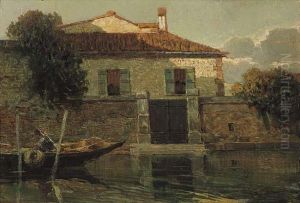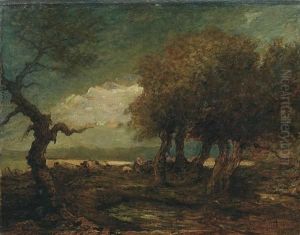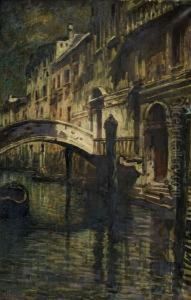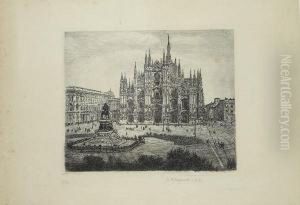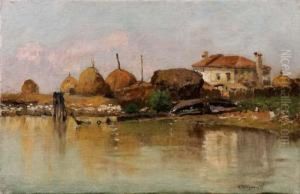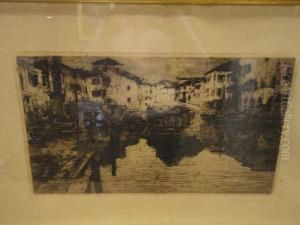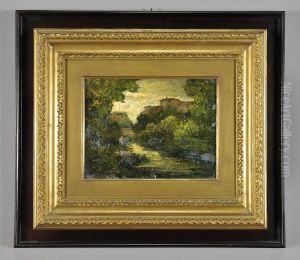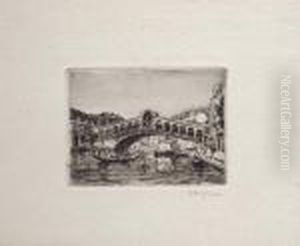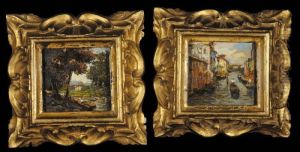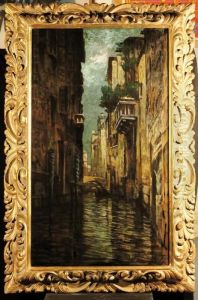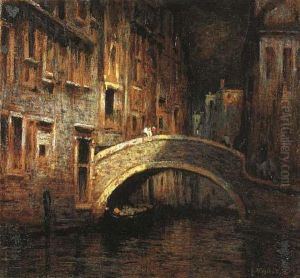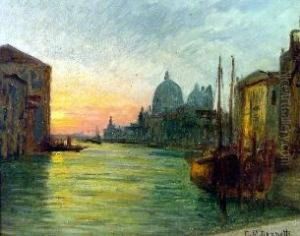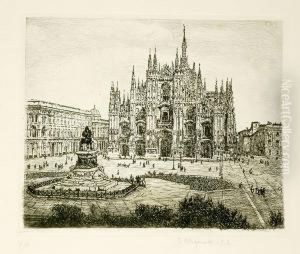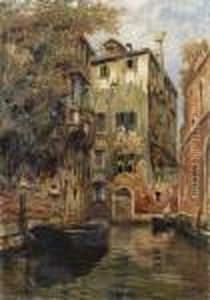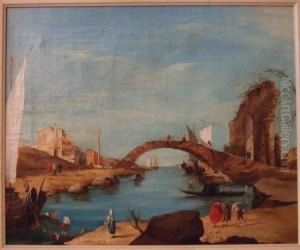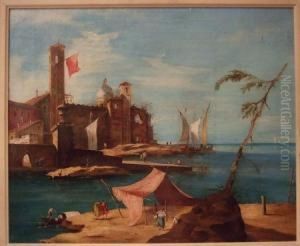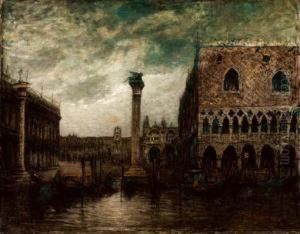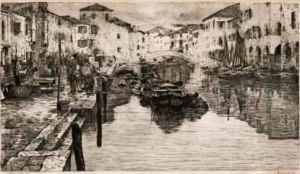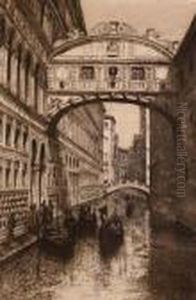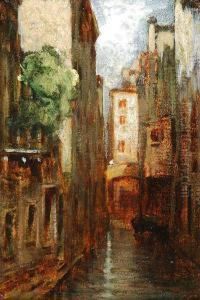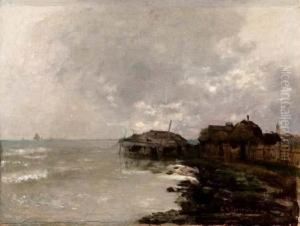Giuseppe Miti-Zanetti Paintings
Giuseppe Miti-Zanetti was an Italian artist known primarily for his paintings and illustrations. Born in 1859 in the city of Bergamo, Lombardy, he lived during a period of significant cultural and artistic development in Italy, known as the Belle Époque. Despite not being as widely recognized as some of his contemporaries, Miti-Zanetti contributed to the Italian art scene with his unique style and thematic choices.
During his early years, Miti-Zanetti trained in the Academies of Fine Arts, where he developed his skills in drawing and painting. His works often depicted historical themes, landscapes, and genre scenes. He was influenced by the Italian tradition but also showed an interest in the contemporary movements of his time, such as Realism and later Impressionism.
Miti-Zanetti's career was marked by his participation in various exhibitions, including the Milan National Exhibition and the Venice Biennale. His work was appreciated for its attention to detail and the ability to capture the essence of his subjects. Although he did not achieve the same level of fame as some of his peers, his art was well-respected among those who were familiar with it.
Apart from painting, Miti-Zanetti was also known for his illustrations, which appeared in books and periodicals of the time. These illustrations showcased his versatility as an artist and his ability to adapt his style to different formats and audiences.
Giuseppe Miti-Zanetti passed away in 1929, leaving behind a body of work that, while not extensive, provides insight into the Italian art world of the late 19th and early 20th centuries. His contributions are occasionally featured in historical overviews of the period, and while he may not be a household name, scholars of Italian art history recognize his work as part of the narrative of Italy's rich artistic heritage.
